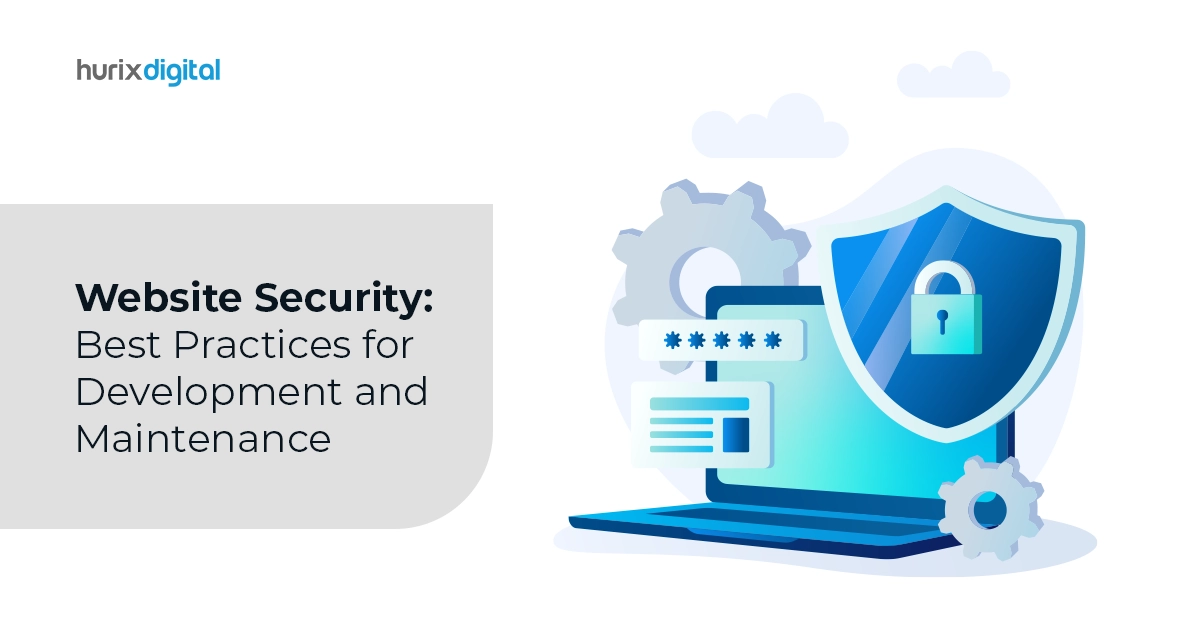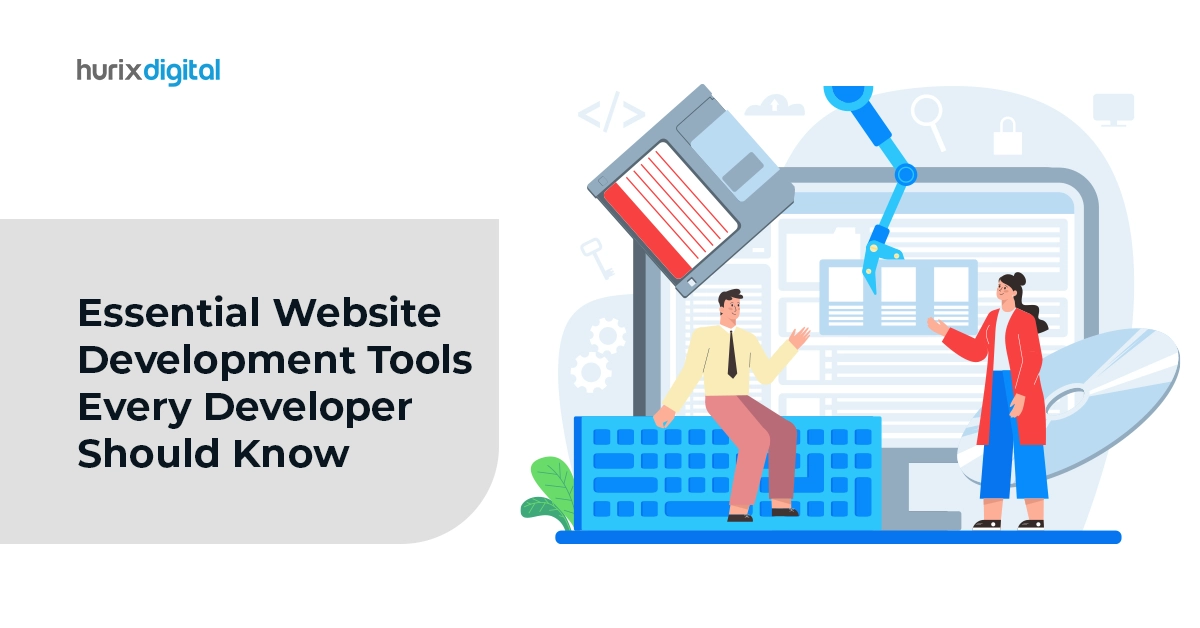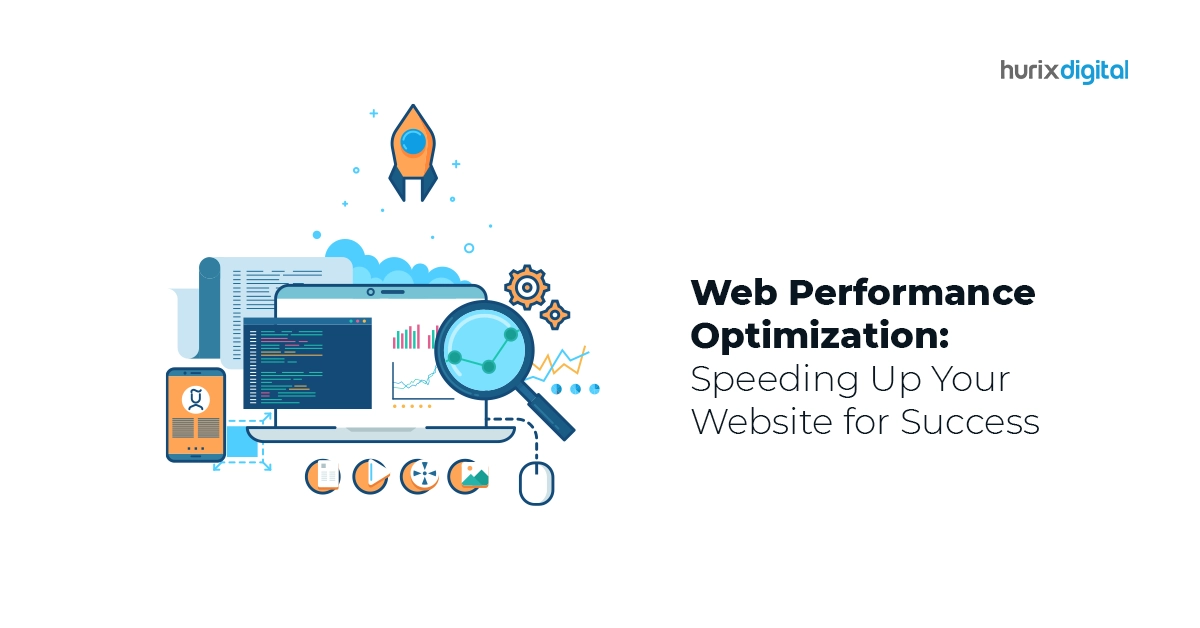Summary
This comprehensive guide covers critical website security risks, best practices like threat modeling, pen testing, monitoring, access controls, patching, and security testing methods to harden websites proactively. Ongoing vigilance through maintenance measures is also emphasized to combat evolving threats.
With cyberattacks and threats increasing in sophistication, organizations must prioritize robust website security to protect customer data, safeguard reputations, and avoid disruptive downtime. However, many still overlook critical security precautions in development and post-launch, leaving dangerous gaps for exploitation.
Table of Contents:
- Ongoing Website Security Risks
- Security Best Practices During Website Development
- Security Testing Methods
- Ongoing Website Maintenance Security Practices
- Conclusion
This article will provide an overview of website vulnerabilities, security best practices, and steps to fortify your online presence during the software development lifecycle (SDLC) and ongoing maintenance.
Ongoing Website Security Risks
Here are some of the most common website risks that organizations face:
1. SQL Injection Attacks: Hackers inject malicious SQL code and commands to gain access to backend databases, allowing them to steal, modify or delete sensitive data.
2. Cross-Site Scripting: Attackers inject malicious client-side scripts into web pages viewed by users. This allows them to bypass access controls and steal user sessions.
3. Distributed Denial of Service (DDoS) Attacks: Attackers overwhelm websites with massive junk traffic using botnets, making the site inaccessible to legitimate users. This causes reputation damage and revenue loss from downtime.
4. Phishing Attacks: Malicious emails and websites mimic legitimate businesses to trick users into providing login credentials, financial information and other sensitive data for identity theft and fraud.
5. Supply Chain Attacks: Third-party libraries, plugins and components containing vulnerabilities or backdoors allow adversaries to gain access to websites and internal networks.
6. Malware Infections: Malicious code injection like trojans and spyware that can capture and exfiltrate data, encrypt files for ransom, hijack sessions and much more.
Proactive security measures during design, development and operations are essential to effectively mitigate these risks that can cripple business operations, finances and brand trust.
Also read, The Impact of Artificial Intelligence on Website Development
Security Best Practices During Website Development
Integrating stringent security early in the software development lifecycle (SDLC) is crucial for minimizing risks. Key measures include:
1. Perform Threat Modeling: Identify potential vulnerabilities and attack vectors in the design phase through systematic threat modeling to address risks proactively.
2. Conduct Code Reviews: Perform exhaustive human and automated reviews of code before launch to uncover bugs, misconfigurations, injection flaws, and other weaknesses.
3. Penetration Testing: Ethically simulate attack scenarios and penetration tests in staging environments to uncover vulnerabilities that can be exploited by adversaries.
4. Incorporate Secure Frameworks: Build on highly secure and robust frameworks like OWASP Top 10 rather than reinventing the wheel to avoid common pitfalls.
5. Implement SSL/HTTPS: Encrypt all connections and data transfers to and from the website using HTTPS protocols and SSL certificates. This prevents snooping of sensitive user information.
6. Enforce Access Controls: Implement role-based access control, multi-factor authentication, and other access safeguards ensuring only authorized users get privileged access.
7. Encrypt Sensitive Data: Encrypt highly sensitive user data like passwords, financial information and personal data in transit as well as at rest in databases.
8. Monitor Security Continuously: Implement monitoring across website traffic, events, user activities, scans etc. to identify signs of intrusions and attacks early.
Read more: Streamline Your Website Development Process in 4 Simple Stages!
Security Testing Methods
Top methods and tools to rigorously test website security:
1. Scan for Vulnerabilities: Utilize vulnerability scanners like Nessus, Acunetix, and Nexpose to probe environments for known high-risk vulnerabilities across apps, networks and systems.
2. Conduct Penetration Testing: Leverage tools like Metasploit Framework and ethical hackers to simulate real-world attacks that bypass security controls and demonstrate potential business impact.
3. Analyze Static Code: Perform static code analysis using tools like Checkmarx and Synopsys to uncover code-level vulnerabilities and security defects early in the SDLC.
4. Carry Out Dynamic Analysis: Tools like OWASP ZAP analyze apps in real-time as they are functioning to identify security gaps during runtime.
5. Perform Interactive Analysis: Expert security testers manually manipulate interfaces and attack surfaces to uncover logic flaws and business logic abuse cases.
6. Conduct Infrastructure Tests: Stress test infrastructure capacity, resilience, and recovery capabilities using tools like NGrinder to uncover potential DoS vulnerabilities.
Also read, How to Use AI to Create Stunning and User-Friendly Websites
Ongoing Website Maintenance Security Practices
Regular security upkeep after launch is critical given the dynamic threat landscape. Key measures include:
1. Maintain Patching Cadence: Consistently patch known vulnerabilities in website source code, frameworks, libraries, plugins, dependencies and exposed components.
2. Perform Backups: Maintain recent backups of code repositories, databases, media files, configurations and OS images securely in the cloud to enable restore after data loss.
3. Renew Expiring Certificates: Closely track SSL certificate expiries and renew well in advance to prevent disruptions to site availability when certificates lapse.
4. Harden Web/DB Servers: Harden underlying OS and web/database servers by disabling unnecessary ports/services, tightening firewall policies, restricting root access etc.
5. Review User Access: Periodically review user roles and access permissions, revoking accounts no longer needed to prevent misuse of old accounts by adversaries.
6. Scan for Vulnerabilities: Leverage scanning tools like nmap regularly to check for vulnerable OS/software versions, open ports, insecure configurations etc. across the website’s attack surface.
7. Analyze Security Logs: Actively analyze logs from WAFs, CDNs, servers, IDS/IPS and other security tools to identify anomalies indicating attacks.
8. Test Incident Response: Validate incident response plans through mock drills to train staff and refine workflows for effective breach containment and recovery.
Conclusion
With cyber threats only intensifying in scale and sophistication, robust website security should become a prime focus spanning the entire software development lifecycle and ongoing operations. Adversaries are constantly evolving new attack vectors and chaining together advanced combinations of injection attacks, supply chain compromises, credential thefts, vulnerability exploits and more. Defending against such multi-pronged threats necessitates going beyond point solutions to implement layered defense-in-depth security across your website’s infrastructure, applications, networks, endpoints and users.
Leveraging measures like proactive threat modeling, extensive penetration testing, continuous security monitoring, regular access reviews, data encryption, vulnerability management, and stringent patching allows you to significantly harden your website against common as well as advanced threats. It minimizes risk exposure across the expanding attack surface. However, this necessitates having dedicated internal teams and/or working with specialist partners to maintain 24/7 security vigilance.
Want expert guidance securing your website against intensifying threats? Get in touch with Hurix Digital – industry leaders in end-to-end website security, right from design audits to ongoing maintenance. We stay continually updated on emerging attack techniques and defense strategies. Let’s discuss how we can partner to architect robust, layered security that safeguards your digital presence against sophisticated modern threats while aligning with your risk appetite, resources and infrastructure.











